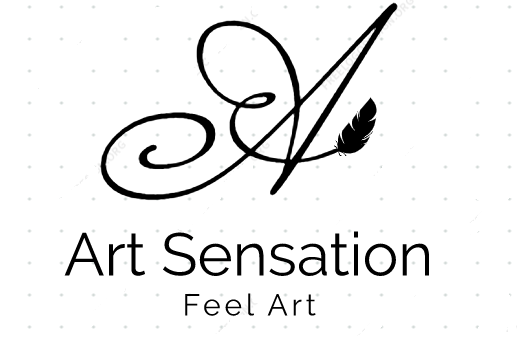The Ascension of Christ is a fresco painted by the Italian painter Giotto di Bondone around 1291-1295. It is part of the cycle of frescoes in the Basilica of Saint Francis of Assisi, which illustrate the life of the saint and that of Christ. This work depicts the moment when Jesus ascends to heaven after his resurrection, under the amazed gaze of his disciples and the Virgin Mary.
The historical and artistic context of the fresco
Giotto di Bondone (1267-1337) is a Florentine painter who is considered as the precursor of the Italian Renaissance. He breaks with the Byzantine style that dominated medieval art and introduces realism, perspective and expression of feelings in his works. He is influenced by Franciscan spirituality, which advocates poverty, humility and love of nature.
The Ascension of Christ is part of the cycle of frescoes in the Basilica of Saint Francis of Assisi, which was commissioned by Pope Nicholas IV to celebrate the patron saint of Italy. This cycle includes 28 scenes from the life of Saint Francis and 28 scenes from the life of Christ, distributed on the lateral walls and the transept of the upper church. The Ascension of Christ is located in the upper part of the north wall, above the entrance door.
The analysis of the fresco
The fresco is composed according to a rectangular format, which follows the shape of the arch. The painter uses bright colors (red, blue, green, yellow) that contrast with the golden background, which evokes Byzantine mosaics. He also plays on light and shadow effects, which create relief and movement.
The main character of the fresco is Jesus, who rises in the center of the composition, surrounded by a mandorla (an oval halo) decorated with stars. He wears a tunic and a blue cloak, which symbolize respectively his human nature and his divine nature. He blesses with his right hand and holds a scroll in his left hand, which represents his word. His face expresses serenity and majesty.
Around him, twelve angels are arranged in two symmetrical groups. They wear clothes in various colors. They sing and praise Christ. Their faces are smiling and joyful.
At the bottom of the fresco, we see the apostles and the Virgin Mary, who witness Christ’s ascension. They are eleven in number, because Judas committed suicide after betraying Jesus. They wear tunics in pastel tones and cloaks in more intense colors. They are arranged in an arc around a rock on which rests an open book, which symbolizes the Gospel. Their faces express astonishment, admiration or sadness.
The interpretation of the fresco
The fresco can be interpreted according to several levels of reading:
• A biblical reading: The fresco illustrates the story of Christ’s ascension as reported in Acts (1:9-11). It features the main actors of this event: Jesus, angels, apostles and Mary. It thus emphasizes the importance of this moment for Christian faith, which announces Christ’s return at the end of time.
• A theological reading: The fresco expresses the mystery of Christ’s incarnation and redemption. It shows that Jesus is both man and God, that he conquered death by his resurrection and that he ascended to heaven to sit at the right hand of the Father. It also shows that apostles and Mary are privileged witnesses of this miracle and that they are called to announce good news to world.
• An artistic reading: The fresco testifies to Giotto’s genius, who manages to reconcile Byzantine heritage and realistic innovation. He uses gold background to create a decorative and symbolic effect, but he also introduces perspective to give an impression of space and depth. He uses colors to create contrast and dynamism, but he also introduces light to give an impression of volume and movement. He uses expressions to create a narrative and emotional effect, but he also introduces gesture to give an impression of action and intention.
Giotto’s Ascension of Christ is therefore a remarkable work, which reveals painter’s talent and his influence on Western art. This fresco invites spectator to marvel at beauty of Christ, but also to reflect on meaning of his mission.
